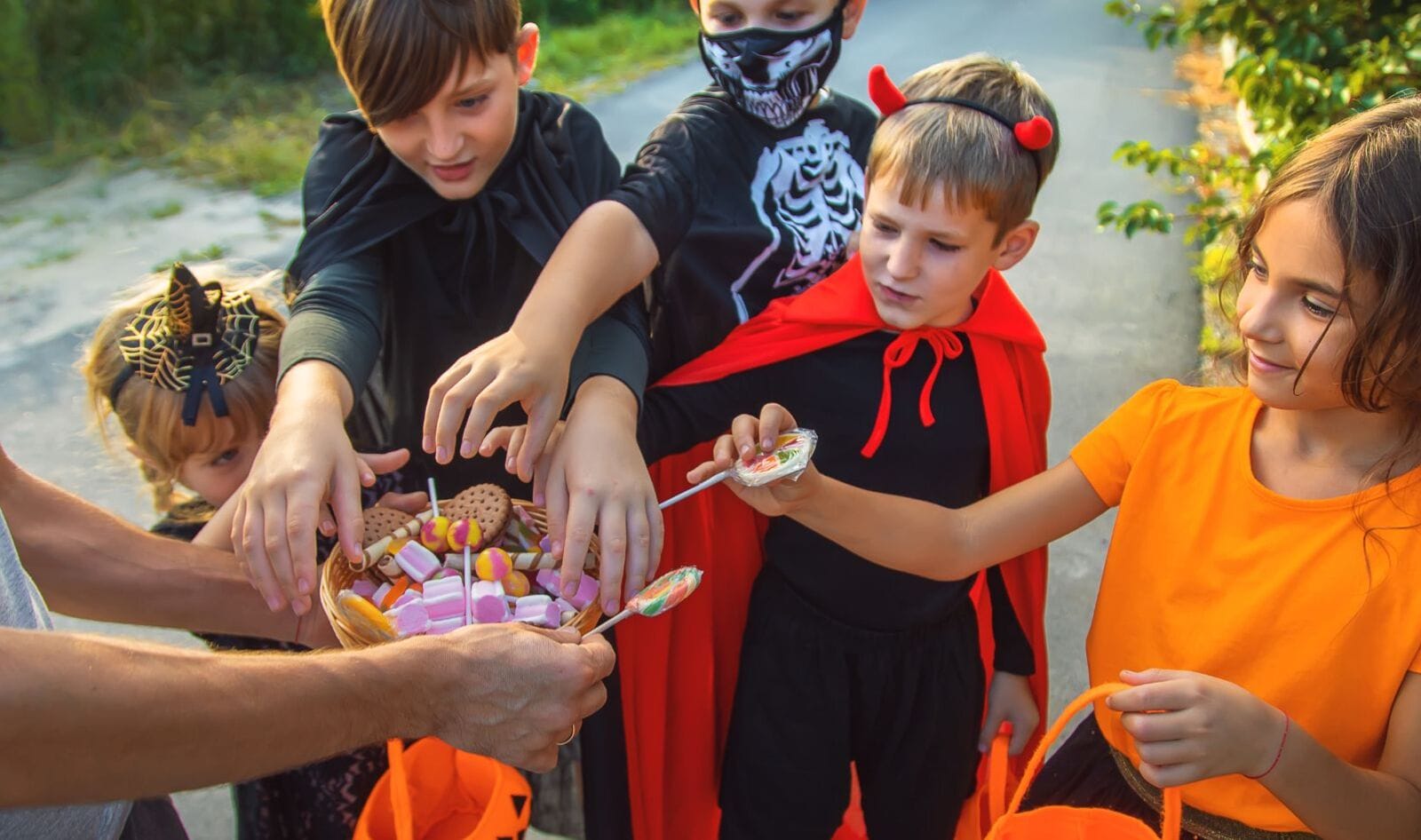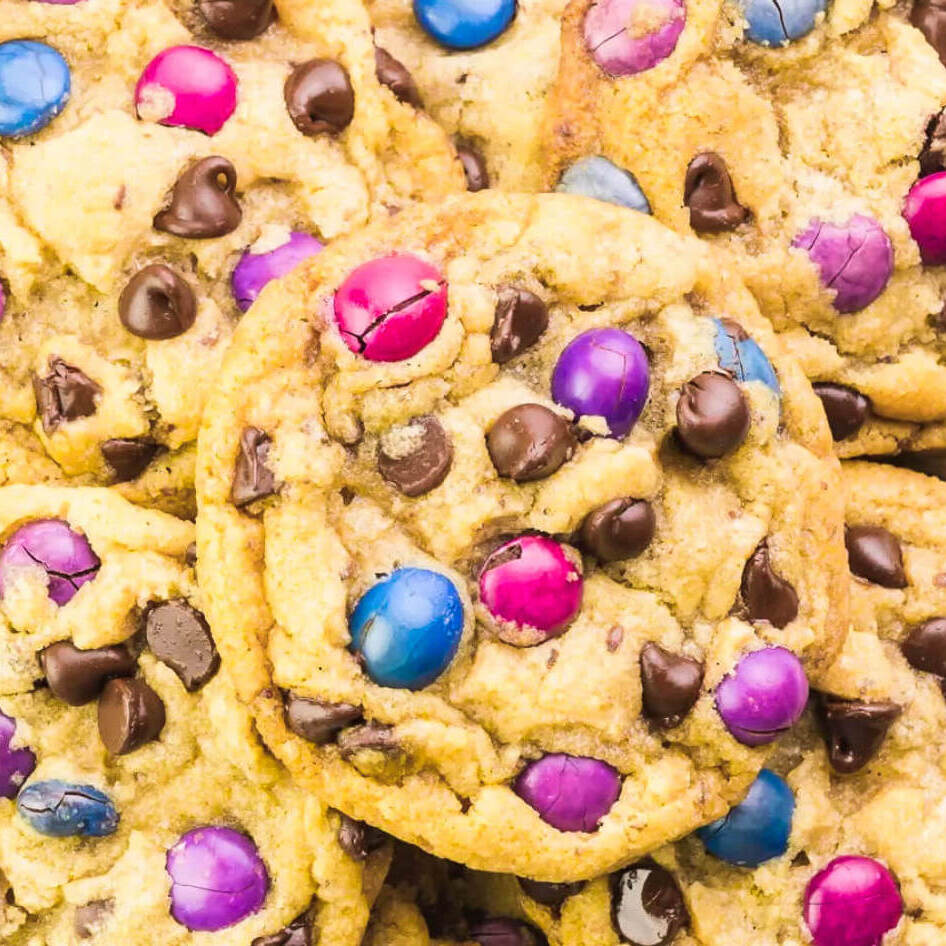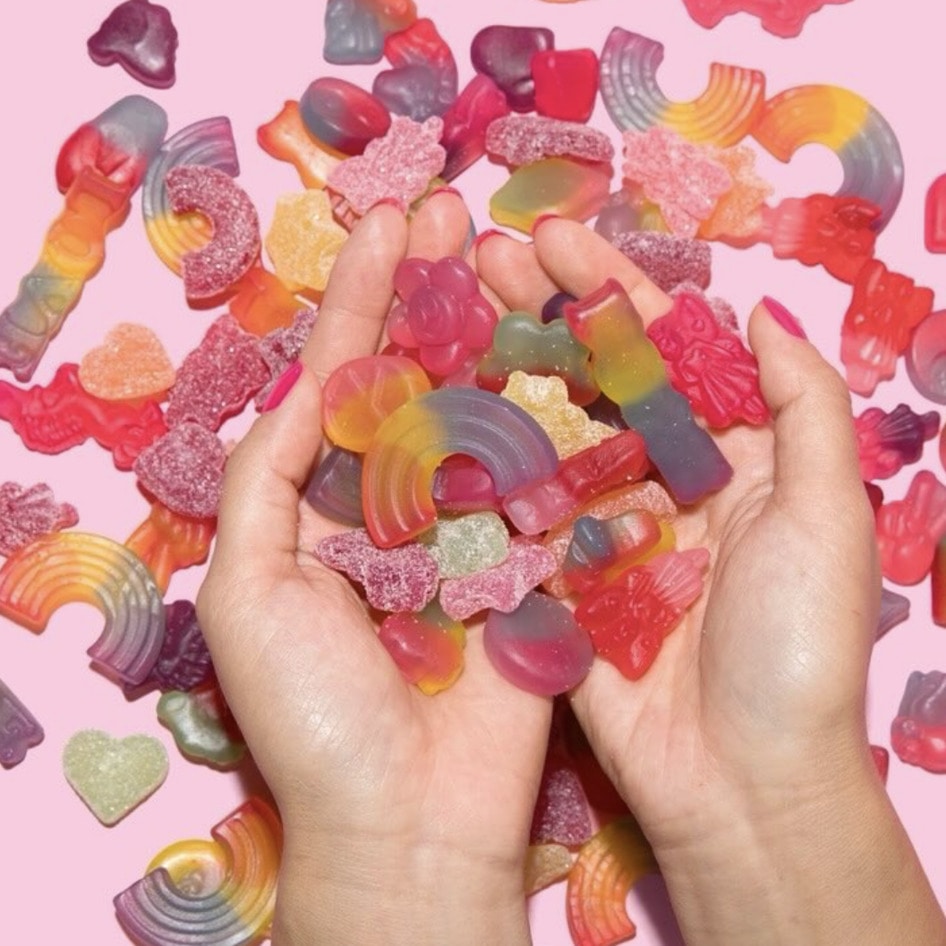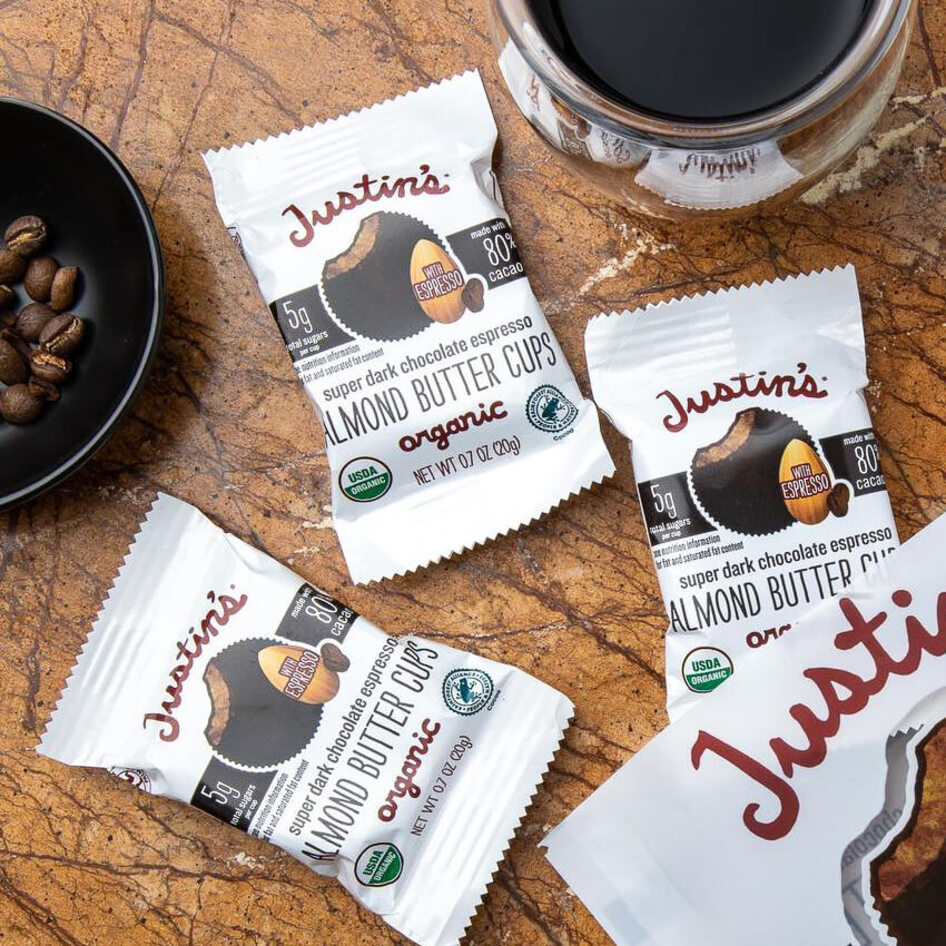Halloween is here—but many of those sweet treats handed out to costumed kids turn out to be terrifying tricks. Forget the ghosts and monsters; the real fright lies in the ingredients list of some of the most popular candies around. Once you learn the truth behind those deceptively sweet confections, you may never look at Halloween candy the same way again.
The five most common animal-based ingredients in candy include carmine, milkfat, confectioner’s glaze, gelatin, and honey. Keep reading to learn the terrifying truth behind the origins of these animal ingredients.
5 animal ingredients in Halloween candy
These five animal-based ingredients are lurking in Halloween candy, and the truth behind how they’re made will horrify you.
BECOME A VEGNEWS VIP: Get exclusive product deals, freebies, and perks galore!
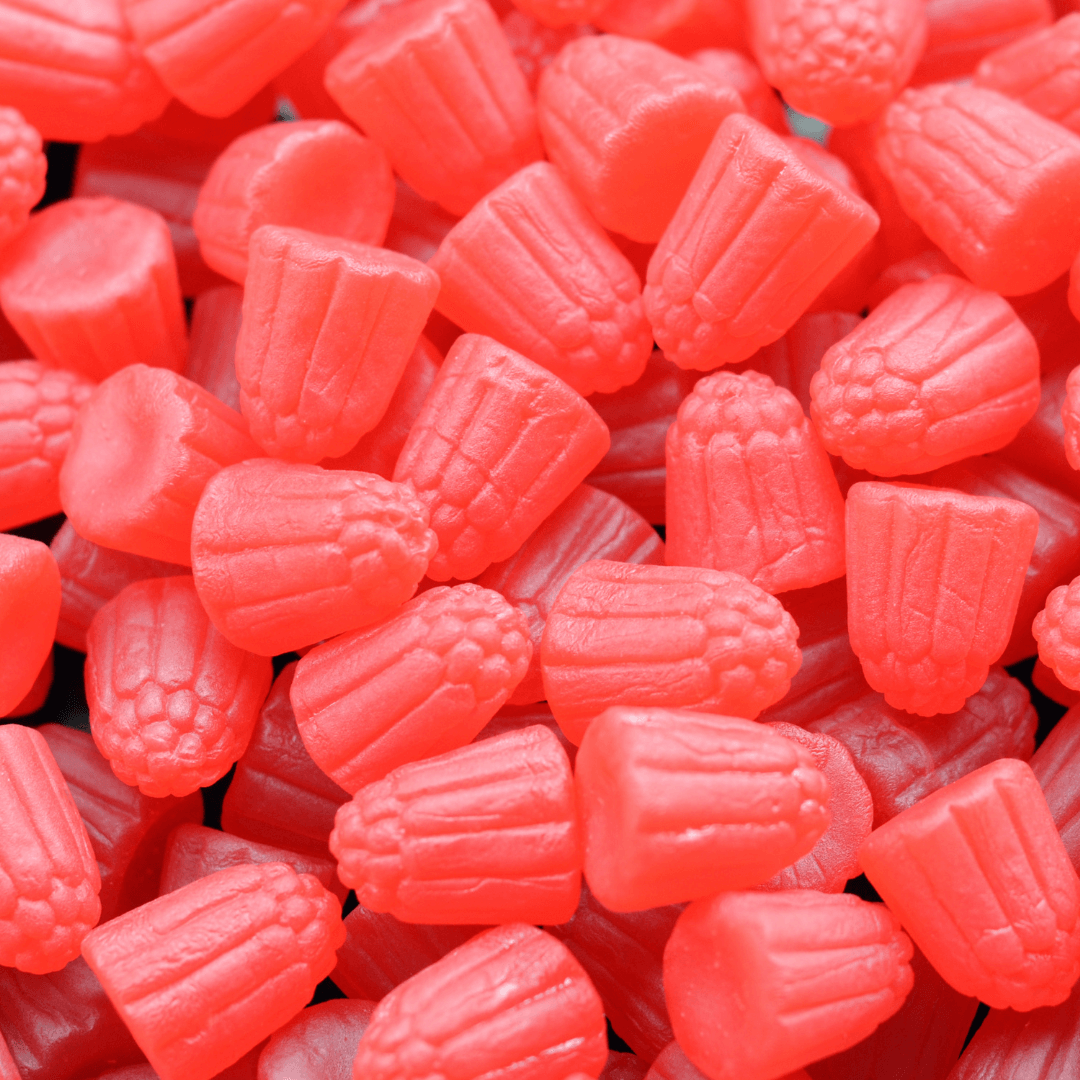 Canva
Canva
1 Carmine
Crushed insects used in children’s candy sounds more like the terrifying plot of a horror film than a factual report on the state of Halloween treats, but it’s the reality. Hidden behind names such as “carminic acid” and “Natural Red 4,” carmine is the innocuous-sounding dye that is actually extracted from insects.
Found on cacti in South America, Mexico, and the Southwest US, Cochineal insects may not be as familiar to us as ants or ladybugs, but they are everywhere in our grocery stores (as well as in makeup), as dye. The red coloring that is created is found in many Halloween sweets. So stay safe from these frightful foods, and stick with vegan candies for trick-or-treaters.
Veganize it: Looking for treats in a blood-red shade without the gore of carmine? Try fruity strawberry licorice twists from Twizzlers.
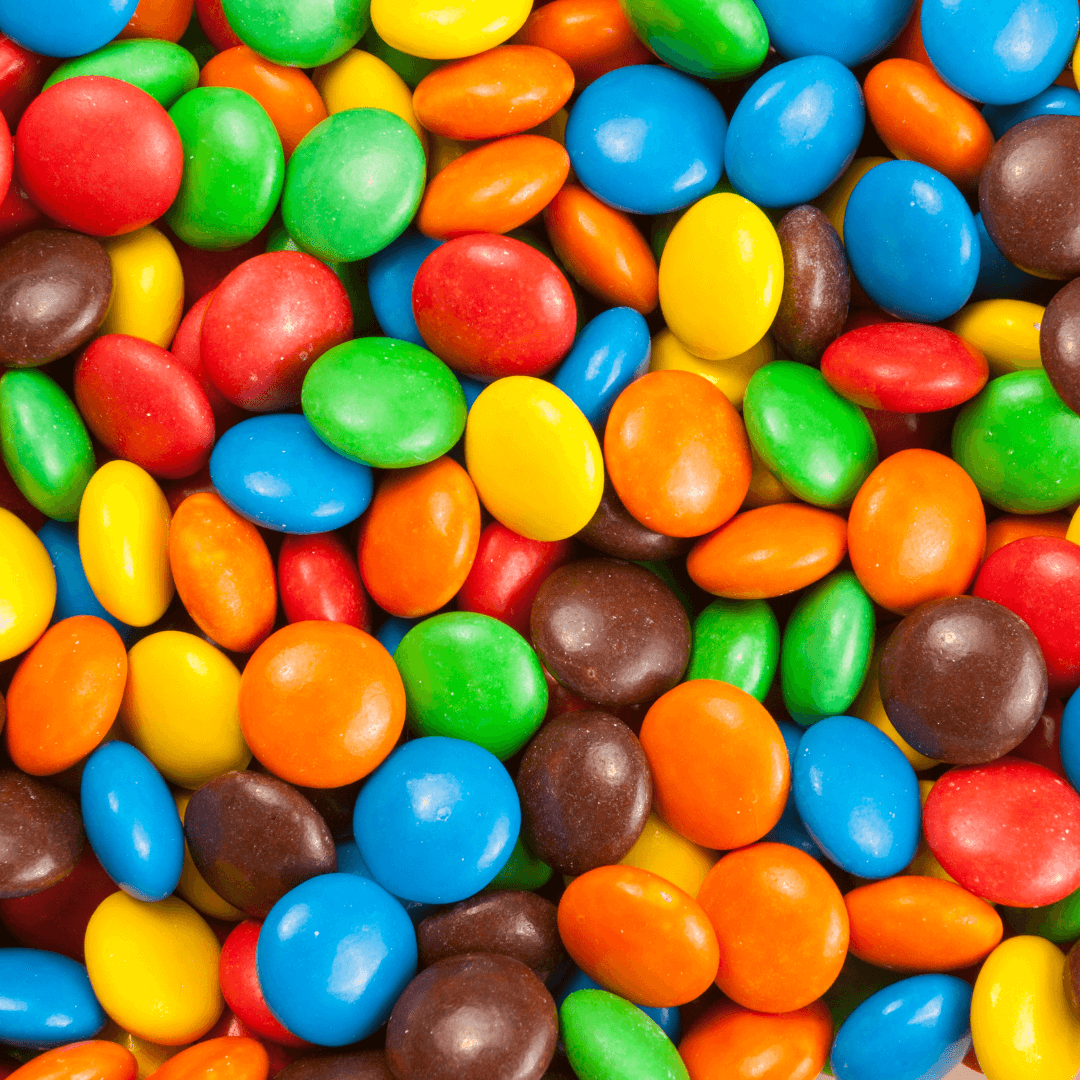 Canva
Canva
2 Milkfat
Found in many traditional chocolate Halloween handouts such as M&Ms and Snickers, milkfat is a dairy product. According to the National Institutes of Health, nearly 70 percent of the global population is lactose intolerant, meaning the lactose in dairy can trigger an array of symptoms ranging from bloating to gas, diarrhea, and cramping. Talk about scary! Not to mention the cramped conditions dairy cows face on factory farms, it’s best to avoid milkfat this Halloween.
Veganize it: For the sweetness of chocolate minus the milkfat, try No Whey! Foods’ chocolate treats.
 Canva
Canva
3 Confectioner’s glaze
It sounds like the most innocent ingredient, but like the super-sweet scenes that open the most frightening horror films, confectioner’s glaze isn’t what it seems.
This candy topping is actually made from the secretions of an insect known as Kerria lacca. Often, insect body parts are also found in the “lac” that they produce. Many popular candies including jelly beans, hard candies, and some chocolates are made with confectioner’s glaze.
Veganize it: For a cruelty-free sweet and sour candy, try the perfectly vegan Halloween classic, Smarties.
 Canva
Canva
4 Gelatin
Gelatin is made from the bones, horns, boiled skin, and tendons of animals, including pigs and cows. Candy corn, Junior Mints, and most sweets containing marshmallows hide this frightening ingredient.
Veganize it: For a happy Halloween, opt for gummies made with pectin, which comes from plants, or cornstarch. Sour Patch Kids is a popular, accidentally vegan option. For even more plant-based alternatives to gelatin, check out our guide.
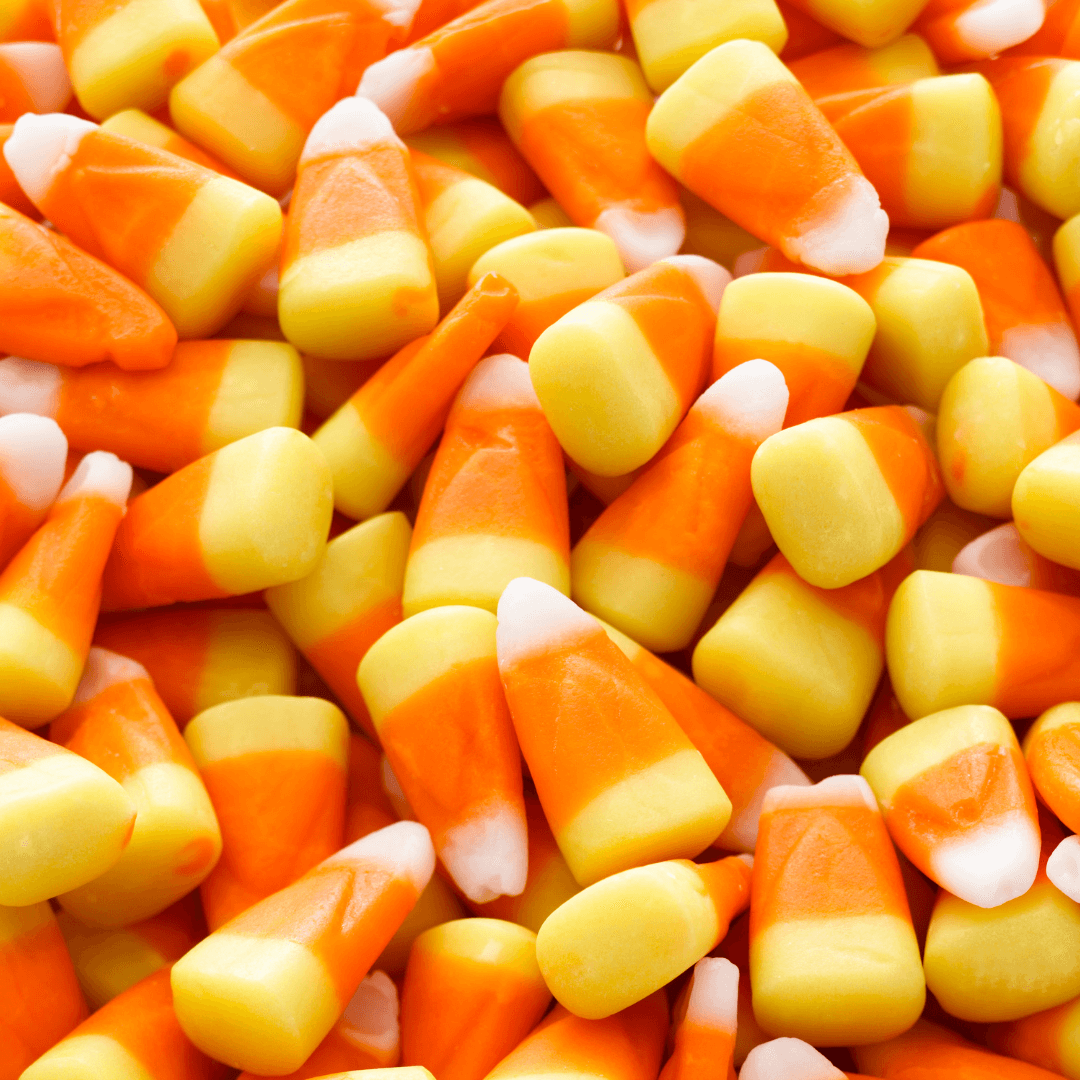 Canva
Canva
5 Honey
The classic Halloween go-to, candy corn, may appear to be a fun bite-sized treat, but those deceptively cute candies contain not only gelatin and confectioner’s glaze, but also honey.
Though the word “honey” is used by many as a term of endearment, the process of producing it is not sweet for bees. The honey that bees require for their survival is taken from them, and frequently replaced with a sugar substitute that does not offer the nutritional value of their natural sustenance. Even in small honey operations, handlers often cut off the queen bee’s wings. Many bees who are kept for honey are also killed, either in the interest of saving money, or from rough handling.
Veganize it: Vegan candy corn is hard to come by, so give it a go yourself with this recipe.
Don’t let these frightful ingredients scare you out of having a fantastic Halloween. Check out the VegNews Guide to Vegan Halloween Candy and indulge in cruelty-free candy to your heart’s content.
For vegan candy options, read:
JUMP TO ... Latest News | Recipes | Guides | Health | Subscribe
Here at VegNews, we live and breathe the plant-based lifestyle, and only recommend products we feel make our lives amazing. Occasionally, articles may include shopping links where we might earn a small commission, but in no way does this effect the editorial integrity of VegNews.

